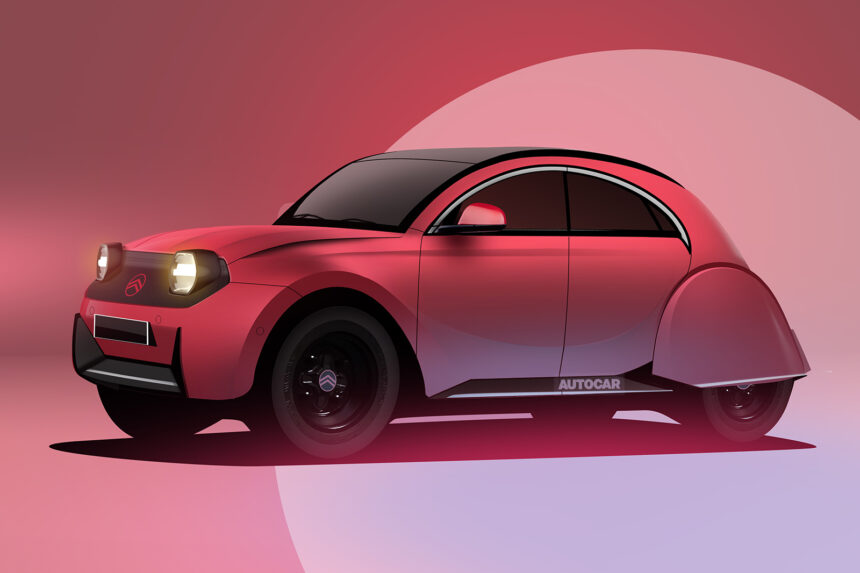The Future of Citroën: A Modern Take on the Classic 2CV
Discussing the importance of the core values behind the brand, Leclercq hinted at the significance of simplicity and affordability in the development of the upcoming Citroën 2CV. The original 2CV was designed as a basic, no-frills vehicle to provide mobility to the rural population in post-war France.
In today’s society, where the shift to electric vehicles has led to a surge in car prices, making them inaccessible to many, the need for affordable options is more pressing than ever. The rising costs of energy and materials have further exacerbated the affordability issue for working-class and middle-class buyers.
To address this, the new 2CV is likely to be based on Stellantis’s cost-effective Smart Car platform, which is already used in models like the Citroën C3, Fiat Grande Panda, and Vauxhall Frontera. However, to further reduce costs, the new 2CV may undergo decontenting, stripping away non-essential features. Even the C3, the most affordable model on the platform, includes luxuries like hydraulic bump stops.

When it comes to the powertrain, efficiency will take precedence over performance in the new 2CV. This approach will allow for the use of a smaller and more cost-effective battery pack. Citroën CEO Thierry Koskas highlighted that battery costs remain a major hurdle in reducing the overall price of electric vehicles, accounting for approximately 40% of the total cost. Koskas emphasized the need for a breakthrough in battery technology to drive down costs.







